State of Digital for H2 2021
Following the sudden Google announcement that third party cookies will be extended until 2023, we have surveyed this as part of our big picture analysis for digital now. What do advertisers need to know for the second half of 2021?
Google Keeps Third Party Cookies Alive
Google dropped a key announcement last week. The retirement of third party cookies from Chrome will be delayed by a year. It’s now sketched in for 2023. This is the second delay of this move, reflecting the fact that a replacement for Google’s advertisers - is yet to get off the ground. Google’s interest-based tracking system (FLoC) hasn’t gained the wide scale support it would need to be viable (notably, Amazon dissented).
This will mark a real fracturing of the web between Chrome and Safari - Google vs Apple - with two ecosystems diverging by years in terms of tracking, while Amazon forges ahead.
James Monaghan, who heads analytics at Kinase, commented: “For advertisers, this is (qualified) good news. Timelines can now concentrate on implementing the changes needed for an updated handling of first person data (such as consent mode, compliance with privacy regulations in different territories) while the picture clears on third party tracking over the next 12 months.”
Waves of Social Media Apps
New social media apps keep getting attention, creating angst for advertisers that they’re no longer investing where new audiences are looking.
These apps tend to burn through investment and either then dwindle away (to be incorporated by someone else), or they reach the end of the runway and introduce ads or subscriptions to generate revenue. Building ad platforms is hard, so the initial ad offerings tend to be crude and to mimic existing models.
Tiktok, Clubhouse and now IRL are following this arc, with Tiktok joining Snapchat as an established challenger to Instagram / Facebook’s incumbency.
Strategies honed on Instagram / Facebook, Snapchat and Pinterest can be adapted to test new audiences and reach on other platforms, to see if they complement activity. One key to Instagram’s centrality and ongoing relevancy has been how the platform evolves. From photo sharing on the timeline, to stories, to reels and messaging, Facebook absorb functionality from other apps, and follow their audiences responsively. Instagram today is used very differently to two years ago, so the newness with the biggest impact for social media is currently to be found within Facebook’s development.
Disrupting the Digital Ad Industry
How could the newly dominant digital ad industry itself be disrupted?
As retail and ecommerce become the same thing, and as the distinction between digital ads and ‘offline ads’ no longer makes sense, so a new phase of disruption begins. We’ve previously described this as the new turbulence.
Analyst Benedict Evans discusses whether Apple is preparing to do exactly this. Can Apple change ads as it changed music, apps and mobile payments? Its current route is to beat Google on privacy legislation and leverage its ability to track everything on your device, using this data for targeting without the data leaving your phone.
How does this stand at the moment? Apple’s Search Ads are indeed fast growing for app advertising - introducing ads which appear to targeting audiences before they start searching in the app store. However, such app campaigns now sit alongside Google, Facebook and Snapchat own app campaign offerings. Can Apple leverage its hardware and software bundle further to disrupt digital advertising more widely?
Big Picture - the outlook for H2 2021
The new economic problems for businesses are ones of economic recovery.
An uneven but global economic recovery in the wake of vaccinations and controlled Covid levels is predicted to give high economic growth on a level with the recovery after 2008’s crash, in some sectors matching earlier highs. It takes time for supply chains to fill back up, creating a further surge across all sectors for demand.
The economy is also ‘heating up’. Higher costs are passing straight to consumers, in many sectors, while employee wages are rising in the US and Europe as quit rates rise - up by a quarter in the US over this time last year (according the US Bureau of Labor Statistics), driven by accumulated savings, employee burnout, and reassessments of work and location. The result is short term inflation and high consumer demand, together beneath the uncertainty of how Covid will fragment markets and health outcomes in the second half of the year.
Crucially, for forecasts and business planning, this trend will be managed but not curbed by central banks, as all eyes are on not repeating the slow and subdued recovery after 2008. Now is the time to ensure the best staff stay, while balancing margins hit by rising input costs through price readjustment as total compensation rises. It’s a fine balance, and marketing campaigns will also need to adjust to defending the value proposition of a brand while ensuring that an advertiser’s slice of the recovery keeps growing, rather than resting on the rising tide.

